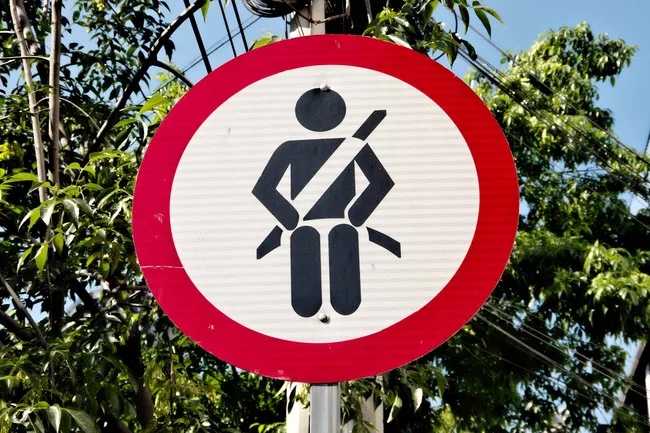Can Laws be Medicines?
During a 5-year span between 1970 and 1975, 29 states in the United States lowered the legal age for drinking alcohol from 21 to 18, 19, or 20. Advocates for changing the minimum age noted that a person old enough to vote or fight in a war was old enough to drink. Those against it worried about accidents, as car crashes – then as now – were the leading cause of death for teenagers. Then, over the next several years, some states began to raise the minimum drinking age again.
Alex Wagenaar, PhD, now a research professor at the Emory University Rollins School of Public Health in Atlanta, recognized the situation as a natural experiment – something that divides a population into one group exposed to experimental conditions, and one unexposed. “You had 29 examples of experiments, basically each with changing legal ages,” he says. Starting in the late 1970s, while a fledgling graduate student, Wagenaar compared data from those two populations in states that had changed the law, controlling for variables like seat belts and traffic laws, to assess how raising the drinking age affected the rate of alcohol-related car crashes.
He found a decrease in crash-related deaths among teens in states that had raised the drinking age. In 1984, the federal government raised the minimum age to 21, and the rates normalized again.
Wagenaar has spent decades in a field now known as “legal epidemiology,” which uses rigorous scientific methods to investigate how laws impact public health.
Health risk factors are often described and researched in terms of readily identifiable exposure. They may be environmental, like smoking as a risk factor for cancers, or inherited, like mutations in the BRCA gene that increase a person’s risk of breast or ovarian cancer. But a central argument in legal epidemiology is that laws themselves can be risk factors, too.
For most laws, those effects aren’t well understood or studied. “We can think of the law as a treatment, as some kind of pill that we apply to hundreds of millions of people,” says Scott Burris, JD, who leads the Center for Public Health Research at Temple University’s Beasley School of Law.
“But new medical treatments go through all sorts of advanced testing. There’s surveillance after marketing to make sure no unexpected side effects show up.” That’s not the case for many new laws, which are often not evaluated for health risks before they’re passed or surveilled after they’re implemented.
He says it’s no surprise that laws affect health. What is surprising is that so many are proposed and passed without considering those health effects. “It’s crazy that we don’t demand more information about what laws work,” says Burris. “Evidence is important because it’s there if we’re willing to see it. But if you don’t want to see it, you’re not going to see it.”
